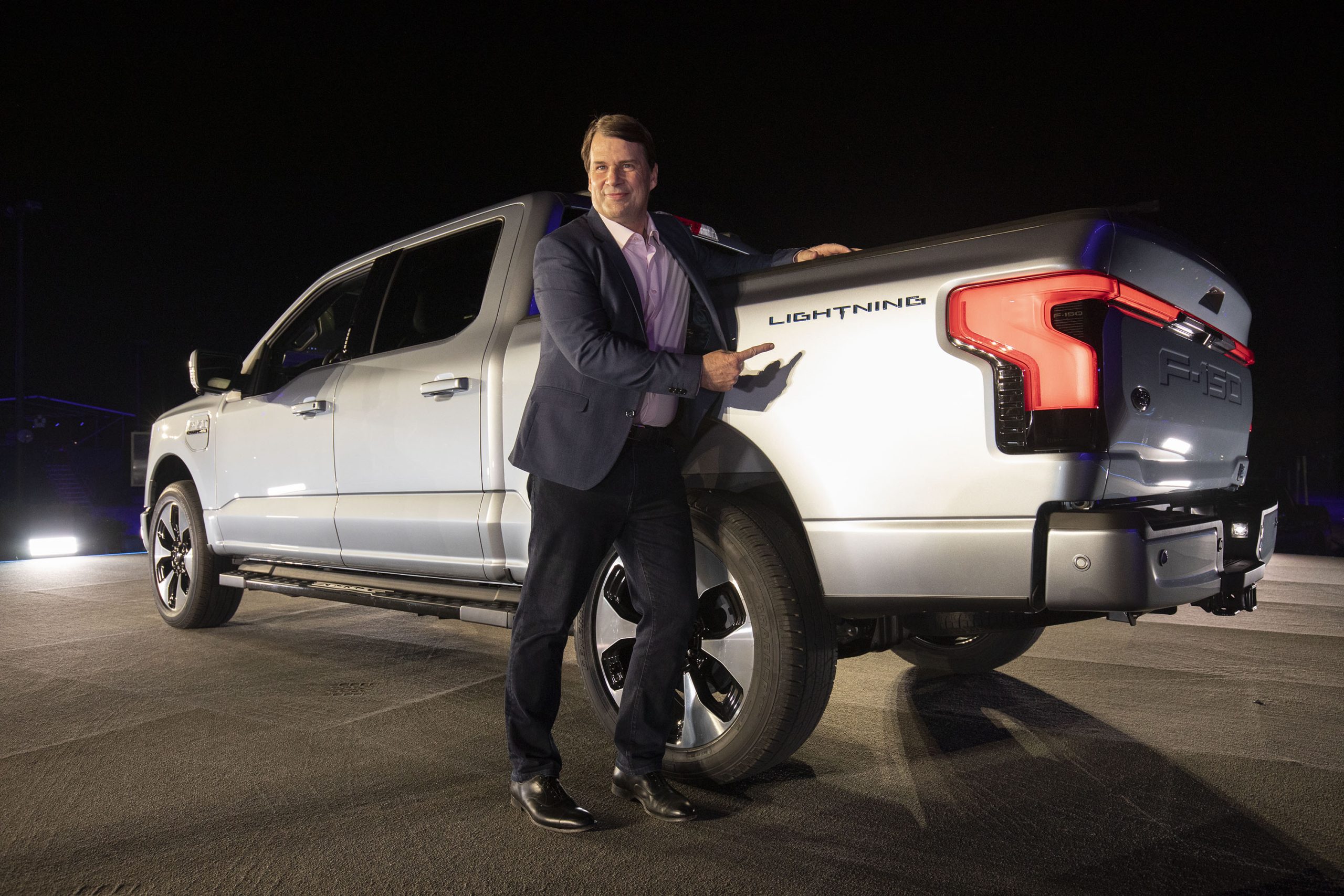Ford is undoubtedly associated with large vehicles. Take its F-150 or Ranger pickup trucks, for instance, or the oversized Expedition SUV. However, when it comes to electric vehicles (EVs), Ford CEO Jim Farley is flipping the company’s strategy on its head. “We believe smaller, more affordable vehicles are the way to go for EV in volume,” said Farley during the automaker’s second-quarter earnings call on July 24.
“The bigger, the better” has increasingly become America’s motto when it comes to cars. In 2022, the average weight of new vehicles sold in the U.S. was 4,329 pounds—a figure that is 1,000 pounds higher than the average in 1980 and has risen by 175 pounds since 2019. While Ford has made a name for itself by producing the large vehicles that U.S. car owners have come to love, the company looks “forward to proving we can be profitable on smaller vehicles as well,” according to Farley.
When it comes to standard internal combustion engine (ICE) vehicles, which Ford has been in the business of for over a century, large cars pay off. “The bigger the vehicle, the higher the profit margin,” said Farley. In 2022, around 80 percent of all new cars sold in the U.S. were SUVs and trucks, compared to only 52 percent in 2011.
But with EVs, the opposite theory applies. “The larger the vehicle, the bigger the battery, the more pressure on the margin because customers will not pay a premium for those larger batteries,” Farley said. The Ford CEO also attempted to mollify concerns that a smaller EV will be uncomfortable, noting without an engine or drivetrain it will have “a much roomier package.”
“We have to start to get back in love with smaller vehicles.”
Ford’s current EV models include the midsized Mustang Mach-E SUV, introduced in 2019, and the F-150 Lightning, rolled out in 2022. The Mustang Mach-E SUV weighs between 4,394 pounds and 4,920 pounds with a price range of $40,000 to $59,000, while the F-150 Lightning weighs between 6,015 pounds to 6,893 pounds and sells for $63,000 to $85,000. As Ford pivots to smaller models, it is focusing on vehicles that will be priced “under $40,000 or even $30,000,” said Farley.
This isn’t the first time the Ford CEO has urged America to transition towards smaller vehicles. “We’re just in love with these monster vehicles, and I love them too, but it’s a major issue with weight,” said Farley earlier this month while speaking at the Aspen Ideas Festival, where he announced that Ford expects to unveil smaller and more affordable EVs in two and a half years. An expected incoming affordable vehicle from Elon Musk’s Tesla (TSLA) and Chinese rivals like BYD will be its main competitors, he said.
“We have to start to get back in love with smaller vehicles, it’s super important for our society and EV adoption,” added Farley. With models like Ford’s Super Duty requiring batteries that cost $50,000, enormous EVs are “never going to make money,” he said.
Ford has suffered in recent months as it attempts to catch up with rivals in an increasingly competitive EV market. Between April and June, the automaker’s EV division lost $1.14 billion. Its gas cars still made money, contributing to a total quarterly profit of $1.8 billion on $47.8 billion in revenue.

